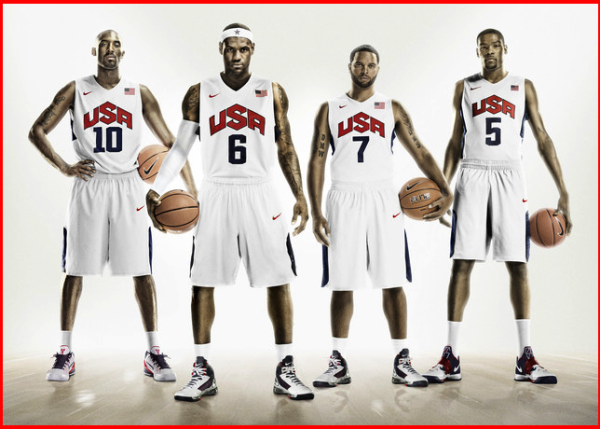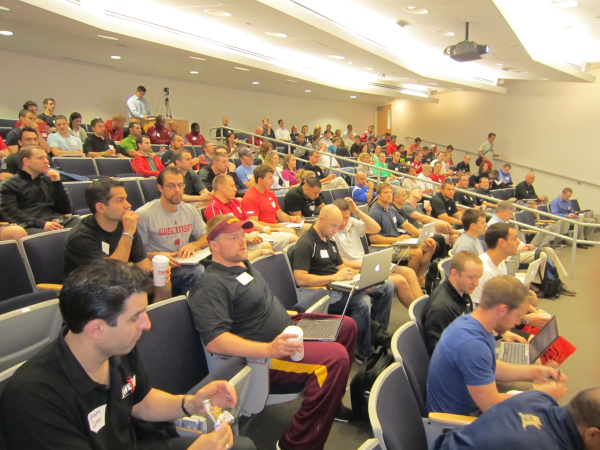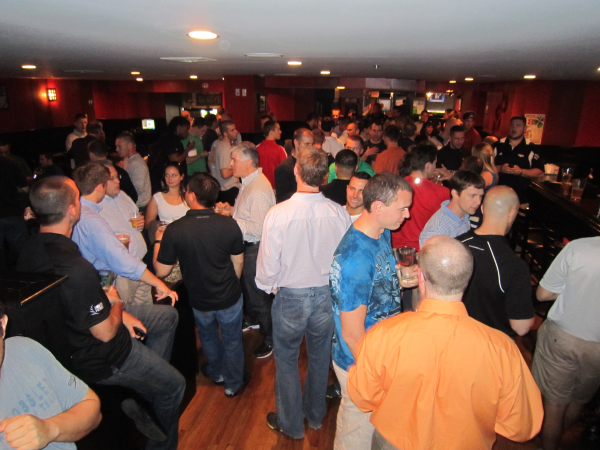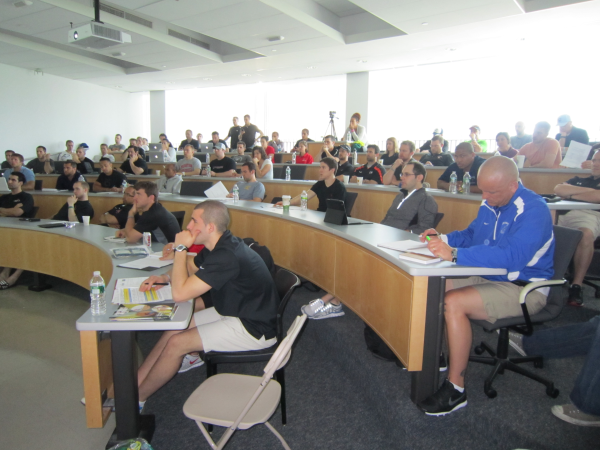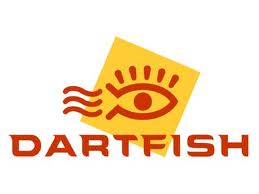BSMPG is proud to announce the addition of Randall Huntington as a speaker within the Sports Fusion Track at the 2013 BSMPG Summer Seminar - May 17th and 18th, 2013! Randall joins keynote speakers, Dr. Stuart McGill, Marco Cardinale, Fergus Connolly, Adriaan Louw and Marvin Chun for this weekend event. With the most thorough and integrated speaker line-up ever assembled, the 2013 BSMPG Summer Seminar will be the WORLD'S most sought after Sports Medicine & Performance Seminar to date!!
We are expecting the largest crowd in the history of BSMPG events with speakers and attendees traveling the globe to be in Boston in May of 2013, and thus have already made plans to move our main lecture hall to a newly renovated multi-tier auditorium.
Be sure to save the date now - hotels will fill fast with this event along with normal Boston traffic so start making plans now!
See you in Boston next May!!!
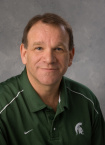
RANDALL HUNTINGTON
Michigan State / United States Track & Field
Topic: Developing Power
Randy Huntington, a native of Walled Lake, Mich., is in his first season on the Spartan track and field staff. Huntington, who has almost three decades of experience coaching professional and amateur athletes, will coach MSU's jumpers.
Huntington is rated as a USATF Master Coach - a coach who has guided multiple medalists in multiple Olympics and World Championships - in the jumps, one of only seven in the U.S. He has been the coach for many world-class track and field athletes over the years, including eight Olympians and seven World Championship Team members. Overall, he has coached and consulted 17 Olympians from various sports. Mike Powell and Willie Banks set world records in the long jump and triple jump, respectively, while under his tutelage. Seven of his athletes have been in the U.S. all-time top ten in their respective events.
Huntington coached Powell to the Olympic Games in 1988, 1992 and 1996, where Powell won a pair of silver medals in the long jump. On Aug. 30, 1991 in Tokyo, Powell broke Bob Beamon's 23-year-old long jump record that was expected to never be broken, leaping 29-4 1/2 (8.95m) - a record that still stands. Powell also claimed a gold medal at the 1991 and 1993 World Championships and a silver medal at the 1995 World Championships.
Willie Banks, who Huntington coached to the 1988 Olympics, broke the world triple jump record with a mark of 58-11 1/2 (17.97m) on June 16, 1985 in Indianapolis, and under Huntington's coaching twice jumped over 18 meters, which is the longest in American history.
In addition to Powell and Banks, Huntington coached Olympians Joe Greene (long jump bronze medal in 1992), Sheila Hudson (American indoor and outdoor record-holder in the triple jump), Al Joyner, Darren Plab, Tony Nai and Sharon Couch. At least one of his athletes has competed in every summer Olympic Games since 1984. Powell, Greene, Hudson, Couch and Nai were all World Championship team members that he coached, along with Kathy Rounds and Kenta Bell.
From April of 2002 to November of 2003, Huntington was USA Track & Field's first ever Sport Science Technical Coordinator. Recently, he was one of three individuals selected for the master dartfish training program at the Olympic Training Center in Colorado Springs. Huntington has also been a head and assistant coach for horizontal jumps for the ARCO Olympic Training Center in Chula Vista, Calif.
Outside of working with USA Track and Field, Huntington served as Director of Sports Performance for the Bellingham Athletic Club and for Gold Medal Management. He also worked as a research coordinator and training specialist for Keiser Sports Health Equipment for seven years, and was responsible for emphasis in strength training for the aging and use of Keiser in training of elite athletes.
Not limited to just track and field, Huntington has trained professional athletes in other sports, notably football. He served as a conditioning and/or speed consultant for several teams including Indianapolis, St. Louis, Miami, Denver, Philadelphia and Cincinnati, and tutored numerous individual players including Trace Armstrong, Terry Kirby, Henry Ellard and Ed McCaffrey. He has worked with college football programs at Florida, Oklahoma and Notre Dame, and instructed athletes such as Kyle Turely and Grant Wistrom at the NFL combine.
Huntington has worked with some of the most famous athletes in the world, including notable performers such as hockey's Wayne Gretzky, baseball's Gary Carter and Rex Hudler and tennis' Michael Chang.
His previous collegiate experience includes a stint as assistant women's track and field coach at Cal-Berkeley from 1984-86, where he went to a program that had no NCAA qualifiers, and promptly had one qualifier his first year and five his second. He graduated from Oregon, where he served as a volunteer assistant coach for the men's track and field team for five seasons from 1978-83.


